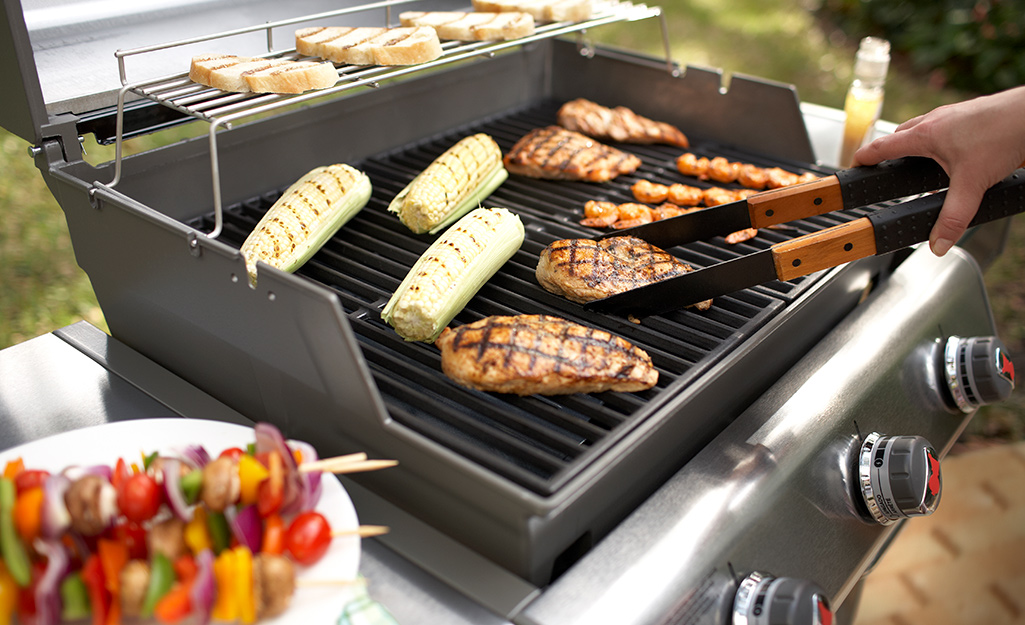Mastering the Searing Technique: How to Sear Steak on Grill Grates
Written By James Morgan
For all the barbecue lovers out there, learning the art of searing steak on grill grates is a rite of passage. A perfect sear doesnt just seal in flavors; it creates that mouthwatering crust that makes steak irresistible. Whether you're using charcoal or a gas grill, mastering the searing process can take your grilling skills to the next level.

The Science of Searing
Understanding what happens during searing is essential. When a steak meets the hot grill grates, a chemical reaction known as the Maillard reaction takes place. This process is responsible for the delicious browning and flavor complexity that we love in grilled steak. The heat triggers amino acids and sugars in the meat to interact, resulting in a depth of flavor that makes it more than just cooked meat.
Preparation: Getting Ready
Preparation is crucial before you turn on your grill. Begin with a high-quality cut of meat; a well-marbled ribeye or a thick sirloin works beautifully. Generously season your steak with salt and pepper, allowing the spices to infuse into the meat for at least 40 minutes before grilling. This step is vital, as it helps draw out moisture, forming a delicious crust.
Choosing the Right Type of Grill
The grill you choose can greatly affect how well your steak sears. Many enthusiasts prefer charcoal grills for their high heat and smoky flavor, while others opt for the convenience of gas grills. Both types have their benefits, but the most important factor is to ensure your grill grates are clean and properly seasoned. For tips on seasoning your grill grates, check out this guide on cleaning cast iron grates.
The Searing Method
To achieve that perfect sear, preheat your grill to a high temperature, ideally between 450F and 500F. Once the grill is hot, place the steak directly on the grates. Be careful not to move the steak too soon; allow it to sit for 2-3 minutes to form that crust. After the first sear, rotate the steak 90 degrees for those attractive crosshatch marks, then flip the steak and repeat on the other side.
Heat Management and Timing
Controlling the heat and timing is crucial for a perfect sear. If the grill is too hot, you risk charring the steak before it cooks properly. On the other hand, if the heat is too low, you won't achieve that desired caramelization. For more tips, you might find this informative article quite helpful.
Letting the Steak Rest
Once you've achieved the perfect sear, its important to let the steak rest. This allows the juices to evenly redistribute throughout the meat, leading to a juicy, flavorful result. Aim to rest the steak for at least 5 minutes before slicing.
Boosting Flavor
While the searing process adds significant flavor, consider enhancing your steak with compound butter or a drizzle of olive oil. A simple mix of butter, garlic, and herbs can elevate the steaks flavor profile to a whole new level.
Avoiding Common Mistakes
Even experienced grillers can stumble. Avoid pressing down on the steak with a spatula; this causes the juices to escape. Make sure your grill grates are clean to prevent sticking, and avoid flipping the steak repeatedly, as this can disrupt the searing process.

Frequently Asked Questions
How do you clean grill grates after searing steak?
After your grill cools down, use a wire brush to scrub any residue off the grates. For stubborn spots, a vinegar and water solution can be effective. For more cleaning tips, check out this guide on cleaning porcelain grates.
What steak cuts are ideal for searing?
Thicker cuts like ribeye, T-bone, or sirloin are perfect for searing because they retain moisture and flavor exceptionally well.
How long should I let my steak rest after searing?
It's best to let your steak rest for about 5-10 minutes after searing. This resting allows the juices to redistribute, ensuring a juicy and flavorful bite.
If you want to delve deeper into grilling techniques, explore our articles on the value of grill grates and read about multi-functional aprons.



